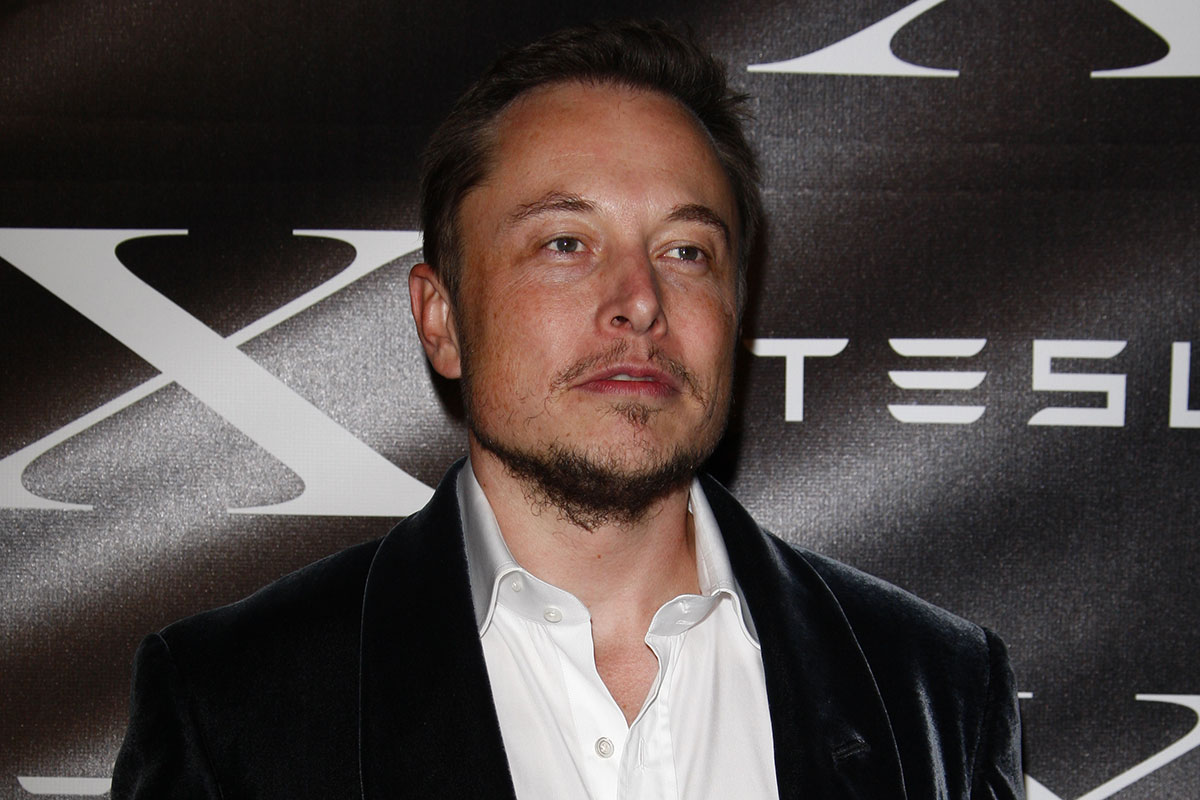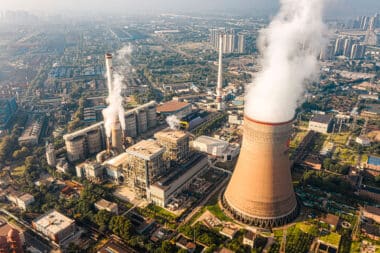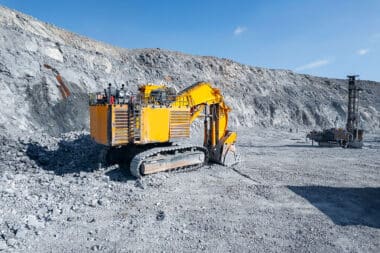In a surprising twist, the Department of Government Efficiency (DOGE), led by Elon Musk, has made big cuts at the Department of Energy in the United States. This move has everyone talking and brought on debates about the possible effects on national security and how the government operates. The shake-up is part of a drive to lower federal spending but has ruffled feathers because it affects important areas like nuclear security.
Who’s involved and who’s in charge
This reorganization hit several big players in the U.S. government. The Department of Government Efficiency (DOGE), with Elon Musk at the helm, was behind these layoffs that have hit the Department of Energy hard. Inside that department, the National Nuclear Security Administration (NNSA)—the team in charge of keeping the U.S. nuclear arsenal safe—saw major staffing cuts. Teresa Robbins, the interim director at NNSA (she’s been working hard during this rocky time), now finds herself in a tough spot.
Critics aren’t holding back either. Daryl Kimball, the executive director of the Arms Control Association, has made his concerns clear about these sudden changes. Meanwhile, Energy Secretary Chris Wright has been busy addressing the situation and trying to reassure everyone about the safety of sensitive information.
200,000 Radioactive Barrels Dumped in the Atlantic: The French Mission That Could Reveal Everything
Who got let go
DOGE’s layoffs were pretty widespread, knocking out about 1,000 jobs at the Department of Energy. Notably, 300 of these positions were within the NNSA. Among the places feeling the squeeze is the Pantex plant in Texas—which is key for assembling nuclear warheads—and its workforce dropped by 30%.
What made things even messier was how some workers found out they were being let go. Many lost access to their email accounts before getting official word about the layoffs. In the fallout, Teresa Robbins managed to reverse some of the cuts, but 28 officials still haven’t been re-hired.
Worries and pushback
While the aim behind the cuts was to trim federal spending, lots of folks are worried about what this means for national security and managing nuclear weapons given the leaner staff. Daryl Kimball slammed DOGE’s approach, saying it showed a lack of understanding about how important these departments are.
There’s also chatter about Elon Musk’s close ties with President Trump and his growing clout in government circles. This raises red flags for some, who fear it might give him access to sensitive areas linked to nuclear weapons management.
Safety and access questions
Even with these fears, Secretary Chris Wright has reassured everyone that neither Elon Musk nor DOGE has access to atomic secrets or highly sensitive details about nuclear arsenals (think of it like a safety net for the nation’s secrets). Still, conversations go on about Musk’s sway over government systems and just what that might mean down the road.
Mix-ups and coordination snafus
The way these layoffs were handled exposed some real issues in how government agencies coordinate. A lack of careful review of each employee’s role led to a lot of confusion and disruptions in the Department of Energy’s work.
This whole episode is a classic reminder of how snap decisions in human resource management, especially in sensitive government roles, can lead to unexpected problems that shake up both government operations and national security. As talks continue about these changes, it’s important for everyone—from the affected workers to the policymakers—to look at both the short-term fallout and what this might mean for the long-term setup of national security infrastructure (a topic that definitely needs some serious thinking moving forward).








